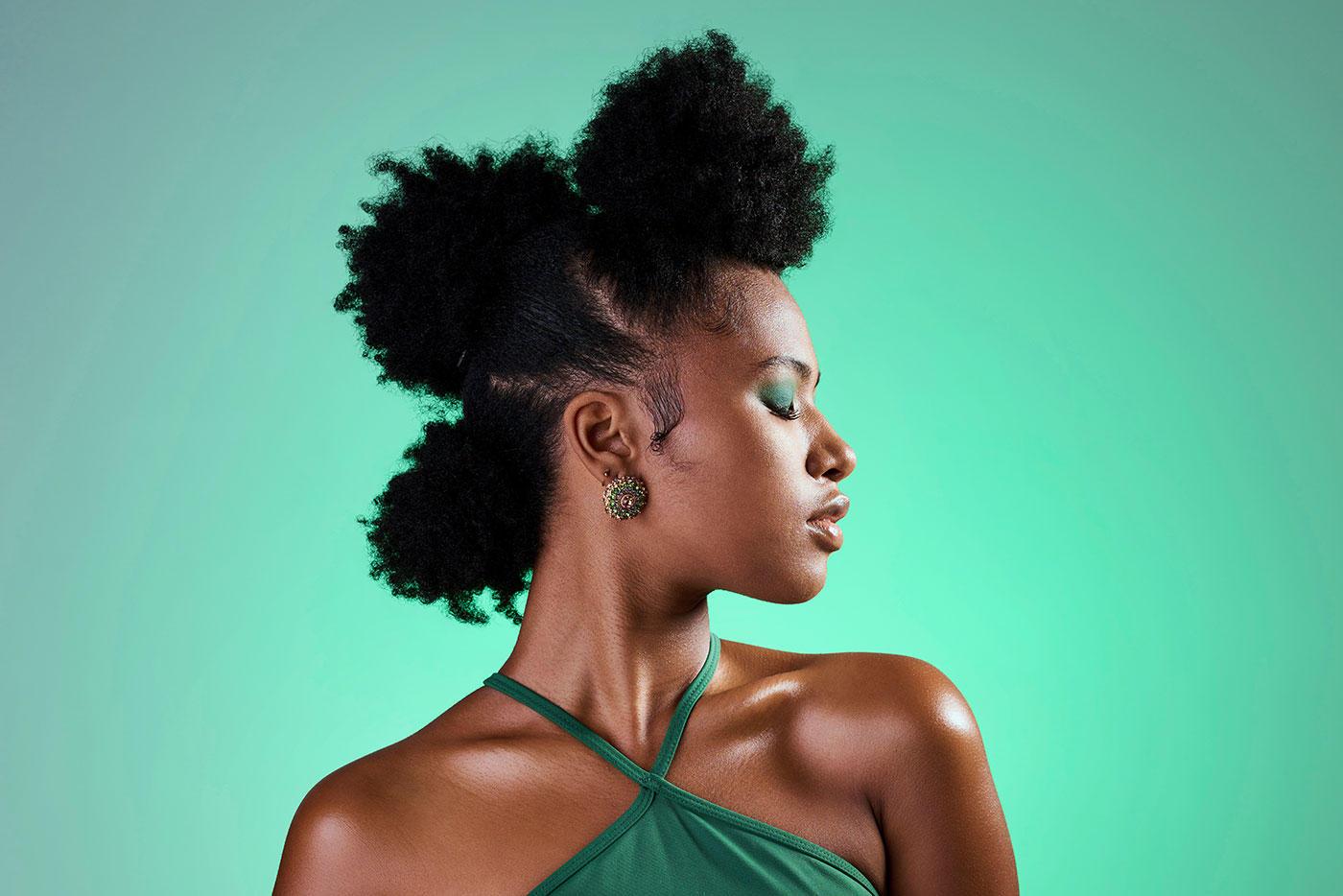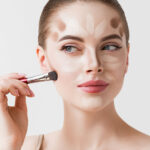Still not totally sure how to define your undertone? We’re here to help! In a previous blog, we went into detail as to how you can discover your undertone, and also gave some tips on how to style yourself accordingly. However, some people can have a harder time figuring it out than others. To make your life easier, we have found some other methods for checking your undertone, and can even help you figure out how you can adjust your hair colour to really enhance your look. Understanding your skin’s undertone is essential when it comes to selecting the right shades of makeup and clothing to elevate your natural beauty.
What Are Undertones Again?
Let’s refresh our memories! Undertones are subtle hues that exist underneath the surface of your skin, and they play an important role in determining your overall skin tone. Undertones can be cool, warm or neutral, and they can have a significant impact on how certain colours and makeup shades appear on your skin. Cool undertones tend to have a pink, red or blue tint, while warm undertones have a yellow, golden or peachy hue. Neutral undertones are a balance of both warm and cool undertones, and can have a mix of pink and yellow undertones. Understanding your undertones can help you select the right shades of foundation, lipstick and clothing to complement your complexion, and bring out the best in your natural beauty.
Discovering Your Undertone
There are many ways to discover your undertone. Your hair and eye colour, for example, can be a strong indication of what your undertones may be, as can the colour of your veins. If these tips haven’t helped you, however, there are some other methods by which you can test your undertone.
Take the White Paper Test
The white paper test is a simple method for determining your skin tone. To begin, ensure that your face is clean and free of any makeup or skincare products. Find a plain white piece of paper and hold it up to your face in natural light, either near a window or outside in the sunlight. Observe the colour of your skin in contrast to the white paper and look for any undertones of pink, yellow, or beige. If your skin appears pink or rosy against the white paper, you likely have a cool undertone. If your skin appears yellow, golden or peachy against the white paper, you likely have a warm undertone. If you have a mix of pink and yellow undertones, or you cannot identify either undertone, you may have a neutral undertone. This test is not a foolproof method for determining your skin tone, but it can serve as a helpful starting point!
Consider How Your Skin Responds to Sun Exposure
When exposed to the sun, the skin produces melanin, a pigment that gives it colour and helps protect it from harmful UV rays. The way your skin produces melanin can reveal your skin’s undertone. If your skin tans easily and turns a warm, golden brown, you likely have a warm undertone. If your skin burns easily and turns pink or red, you likely have a cool undertone. If your skin tans but has a mix of pink and yellow undertones, you may have a neutral undertone.
Check the Protected Parts of Your Skin
Some areas of the face are less exposed to the sun than others, making them good indicators of your natural skin colour. Your jawline and the crease behind your ears are good examples of this. To check your jawline, stand in front of a mirror in natural light and gently pull your hair away from your face. Look at the area where your jawline meets your neck and observe the colour of your skin. To check the colour of the skin behind your ear, you’ll need to get a friend to inspect the area. Note that you should be using natural light to illuminate these areas to get a clear idea of your skin’s undertones.
How to Style Yourself to Suit your Undertones
Discovering your skin’s undertone is helpful because it can assist you with personal styling. Your undertone will give you insight into which colours suit you the most, and therefore which clothes and makeup shades will best elevate your natural beauty. In our previous blog, we went into detail about how to dress and do your makeup to suit your undertone, but here we want to address a different aspect of personal styling: dyeing your hair.
Hair Colours to Suit Your Complexion
Dyeing your hair can be a great way to enhance your natural beauty and complement your skin tone. When choosing a hair colour, it’s important to consider your skin tone and undertone. If you have a cool undertone, shades like platinum blonde, ash brown and burgundy can be a good choice as they have cool blue or purple undertones that complement your skin. For those with warm undertones, honey blonde, golden brown and auburn can bring out the warmth in your complexion. Neutral undertones can experiment with both cool and warm colours, but should avoid shades with extreme undertones that may clash with their natural complexion. It’s also important to consider the level of contrast between your hair colour and skin tone. Those with fair skin may want to avoid extremely dark colours as they can wash out their complexion, while those with darker skin can experiment with bolder, brighter shades. Consulting with a professional stylist can also help determine the best hair colour to suit your skin tone and achieve your desired look.
Experiment With a New Look
By trying out these simple hacks to determine your undertone, you’ll discover a whole new world of possibilities for enhancing your natural beauty. Experiment with different colours and revamp your look today!














